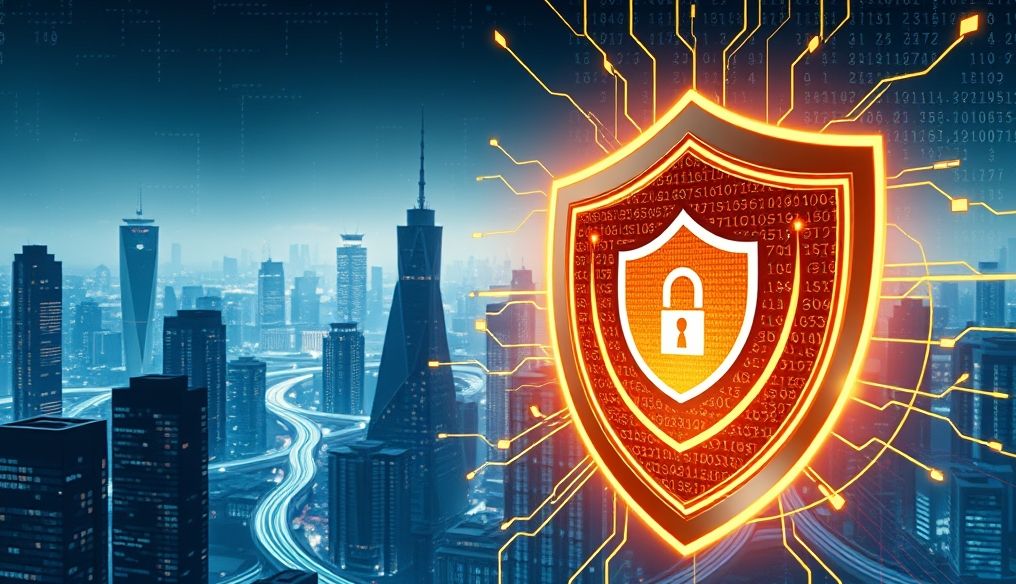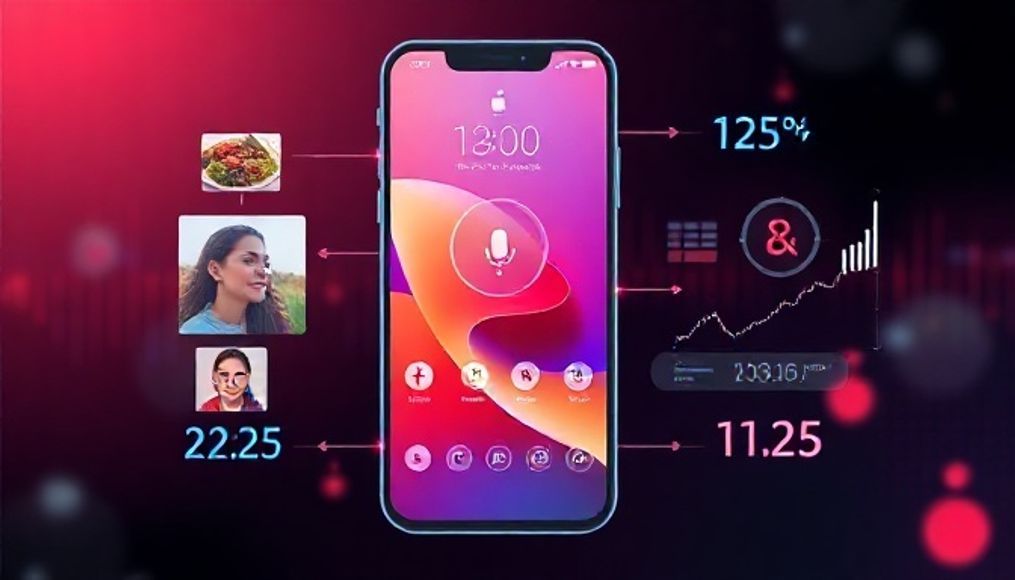Introduction: The Future of Cybersecurity and Antivirus Software
In an increasingly technology-dependent world, cybersecurity has become a critical issue. With the growing complexity of cyberattacks, the effectiveness of traditional security solutions, such as antivirus software, is being questioned. Will these programs still be necessary in 2025, or will we see the emergence of more advanced and comprehensive security solutions?
Chapter 1: The Evolution of Cyber Threats
1.1. Types of Modern Cyber Threats
Modern cyber threats include a wide range of attacks, including:
- Ransomware: Malicious software that encrypts user data and demands a ransom for decryption.
- Phishing Attacks: Attempts to obtain sensitive information, such as passwords and credit card details, by impersonating trusted entities.
- Malware: Malicious software designed to harm computer systems and steal data.
- Supply Chain Attacks: Targeting companies by exploiting vulnerabilities in their supply chain.
- Distributed Denial-of-Service (DDoS) Attacks: Overwhelming servers with malicious traffic to make them unavailable to legitimate users.
1.2. Increasing Complexity of Cyber Attacks
Modern cyberattacks are characterized by increasing complexity, with attackers using sophisticated techniques to bypass traditional security defenses. For example, some attacks use artificial intelligence (AI) to develop malware that can adapt and evolve continuously.
1.3. Statistics on Cyber Threats
According to a report by Cybersecurity Ventures, the cost of damages from cybercrime is projected to exceed $10.5 trillion annually by 2025. Statistics also indicate that ransomware attacks increased by 150% in 2023 compared to the previous year.
Chapter 2: The Role of Traditional Antivirus Software
2.1. How Antivirus Software Works
Traditional antivirus software works by scanning files and programs for known signatures of malware. If a matching signature is found, the program blocks or removes the infected file.
2.2. Strengths of Antivirus Software
Antivirus software is effective at detecting and removing known malware, as well as providing real-time protection against new threats.
2.3. Weaknesses of Antivirus Software
Traditional antivirus software suffers from several weaknesses, including:
- Reliance on Signatures: It cannot detect new malware that does not have known signatures.
- Performance Impact: It can slow down computer performance during scanning.
- Ease of Bypassing: Attackers can develop malware that can bypass the security defenses of antivirus software.
Chapter 3: Modern Developments in Cybersecurity
3.1. Artificial Intelligence and Cybersecurity
Artificial intelligence is used to develop more advanced security solutions, such as:
- Anomaly Detection: Identifying unusual activities that may indicate a cyberattack.
- Behavior Analysis: Monitoring the behavior of users and applications to identify potential threats.
- Automated Incident Response: Taking automated actions to mitigate the impact of cyberattacks.
3.2. Cloud Security
Cloud security provides protection for data and applications stored in the cloud, including:
- Cloud Firewalls: Protecting cloud networks from external attacks.
- Threat Detection and Response: Identifying and responding to cyber threats in the cloud quickly.
- Identity and Access Management: Controlling who can access data and applications stored in the cloud.
3.3. Passwordless Security
Passwordless security technologies rely on alternative authentication methods, such as biometrics (fingerprints and facial recognition) and security keys, to reduce reliance on vulnerable passwords.
Chapter 4: Antivirus Software in 2025: Still Necessary?
4.1. Scenario 1: Antivirus Software is Necessary but Integrated
In this scenario, antivirus software will still be necessary, but it will be part of a comprehensive security solution that includes advanced technologies such as artificial intelligence and cloud security. These programs will work in conjunction with other security solutions to provide comprehensive protection against cyber threats.
4.2. Scenario 2: Antivirus Software is Less Important but Still Useful
In this scenario, antivirus software may become less important due to the emergence of more advanced and effective security solutions. However, it may still be useful for providing basic protection against known threats.
4.3. Scenario 3: Antivirus Software Becomes Obsolete and Ineffective
In this scenario, antivirus software may become obsolete and ineffective due to the rapid evolution of cyber threats. Users may prefer to rely on more advanced and comprehensive security solutions.
Chapter 5: Alternatives to Traditional Antivirus Software
5.1. Secure Operating System
Secure operating systems provide built-in protection against cyber threats, such as:
- Sandboxing: Running applications in an isolated environment to prevent them from harming the system.
- Integrity Verification: Ensuring that files and programs have not been tampered with.
- Access Control: Restricting access to sensitive resources.
5.2. Firewalls
Firewalls monitor network traffic and block any malicious traffic. Firewalls can be hardware or software.
5.3. Intrusion Detection and Prevention Systems (IDPS)
IDPS monitors the network for suspicious activities and takes action to prevent cyberattacks.
Chapter 6: Tips for Maintaining Cybersecurity in 2025
6.1. Update Software Regularly
Make sure to update all software, including the operating system and antivirus software, regularly to patch security vulnerabilities.
6.2. Use Strong Passwords
Use strong and unique passwords for each account, and consider using a password manager to store your passwords securely.
6.3. Be Cautious of Suspicious Emails
Do not open suspicious emails or click on links in them, as they may be phishing attempts.
6.4. Enable Two-Factor Authentication (2FA)
Enable two-factor authentication for your important accounts to add an extra layer of security.
6.5. Educate Yourself About Cyber Threats
Stay informed about the latest cyber threats and how to protect yourself from them.
Chapter 7: The Impact of Artificial Intelligence on Antivirus Software
7.1. Using AI in Developing Malware
Attackers can use AI to develop more sophisticated malware that can adapt to security defenses. This requires antivirus software to be more intelligent and capable of learning and adapting.
7.2. Using AI to Improve Antivirus Software
AI can be used to improve antivirus software by:
- Improving Threat Detection: Using AI to analyze the behavior of files and programs and identify potential threats more accurately.
- Automated Incident Response: Using AI to take automated actions to mitigate the impact of cyberattacks.
- Adapting to New Threats: Using AI to learn new threats and develop defenses against them faster.
Chapter 8: Conclusion and Recommendations
In conclusion, antivirus software is likely to remain necessary in 2025, but it will evolve to become part of a comprehensive security solution that includes advanced technologies such as artificial intelligence and cloud security. Users should take proactive steps to protect themselves from cyber threats, including updating software regularly, using strong passwords, being cautious of suspicious emails, enabling two-factor authentication, and educating themselves about cyber threats.




